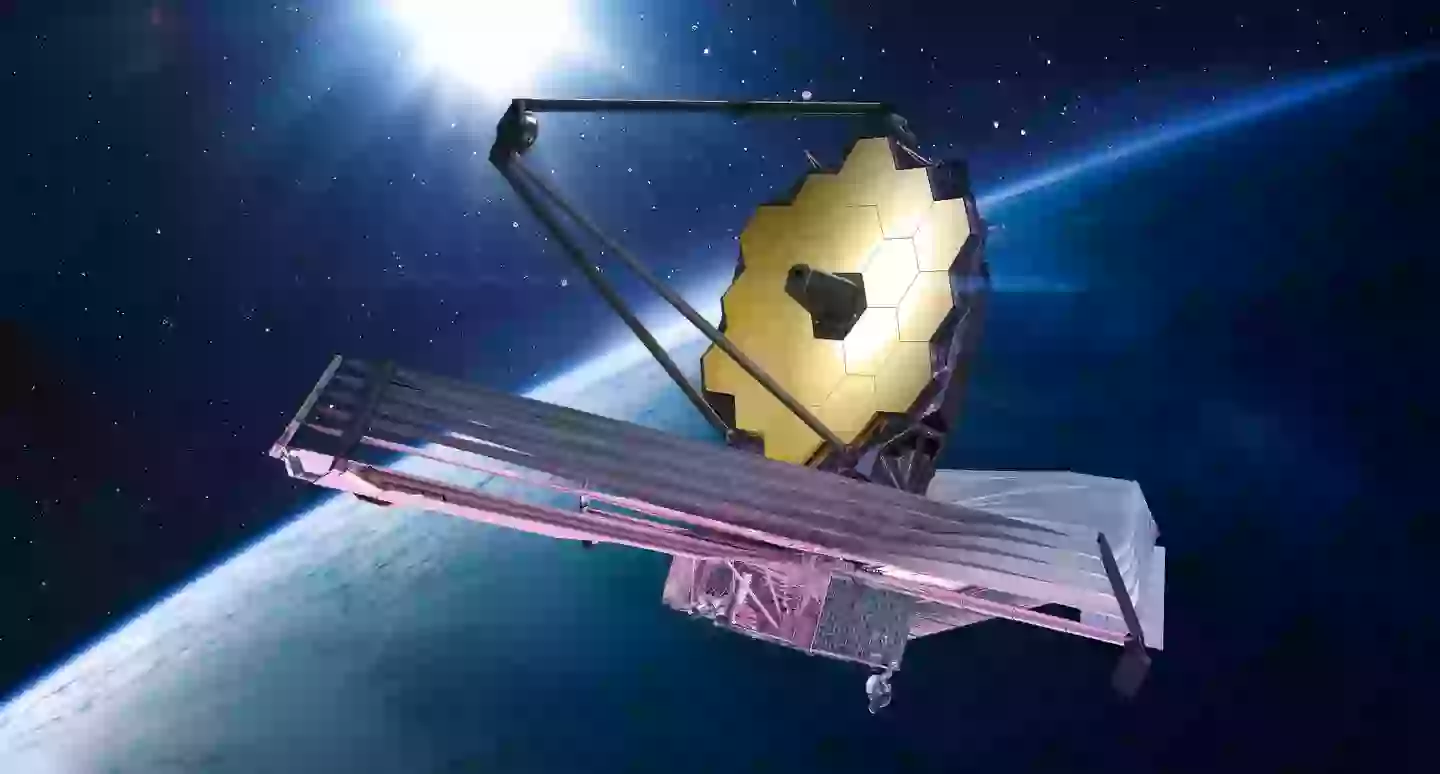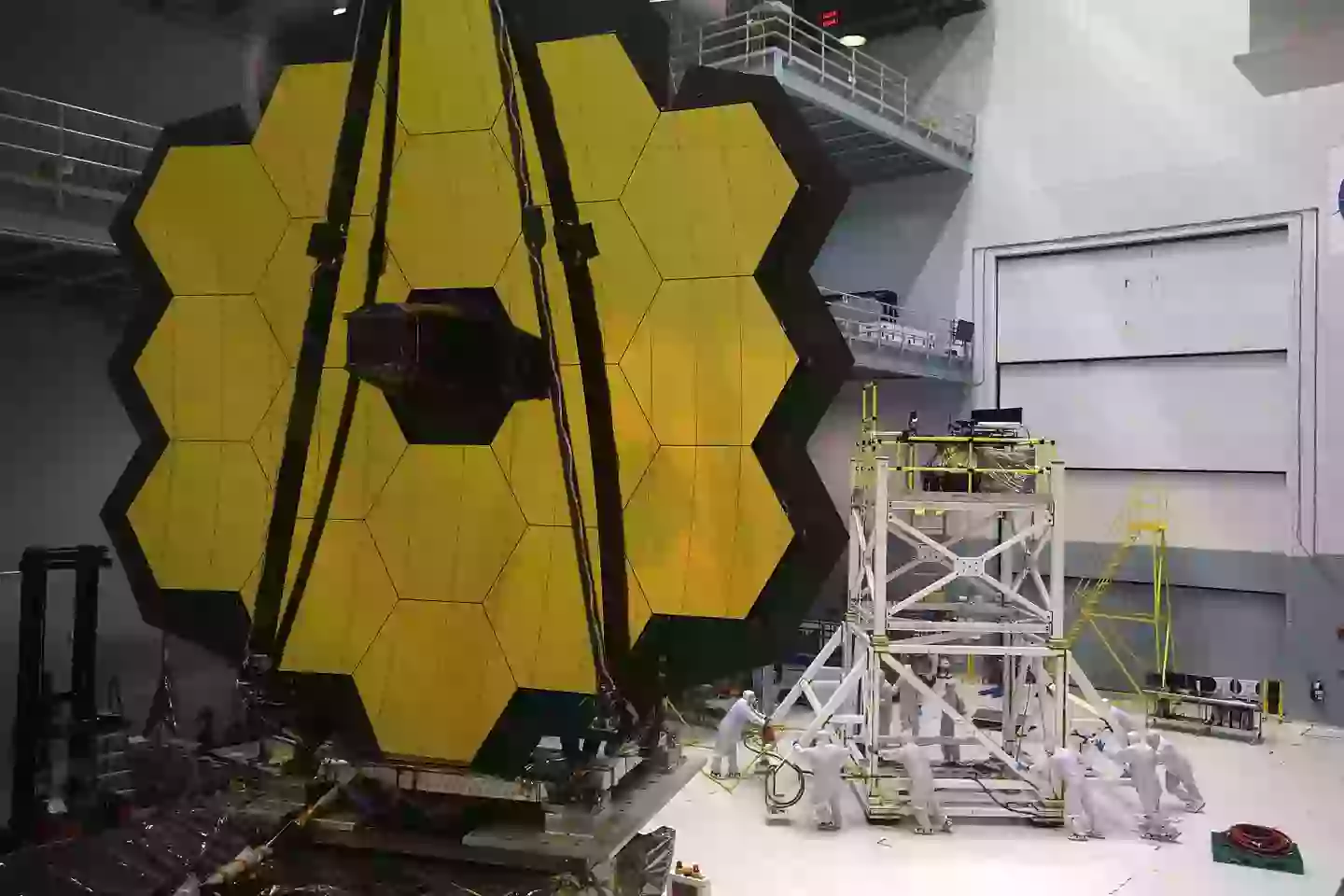
Space – it's well known for being rather large, albeit a somewhat infinite entity surrounding us, shrouded in mystery. So, considering its sheer size, it's no wonder we keep finding incredible new discoveries out there.
The latest of these new space discoveries comes in the form of frozen water found in a fairly young solar system.
Astronomers have predicted that there would be frozen water in space, partly due to it being found in our own solar system, but also due to H2O vapour, the gaseous form of water, being found in other solar systems previously.
Advert
The discovery has been spotted 155 light-years away, where researchers have identified the presence of frozen water among a dusty debris disk which orbits a sun.
As is the case with most space discoveries these days, NASA’s James Webb Space Telescope found definitive evidence of the frozen water using data known as spectra.

The dusty debris disk, which hosts the frozen water, was found orbiting a star known as HD 181327. The star in which it orbits is estimated to be around 23 million years old, so it's relatively young in comparison to our sun, which has been around for 4.6 billion years.
The discovery has found that icy water isn't spread out evenly across the solar system. Instead, the majority of it can be found in the furthest away parts from the star, where it's colder.
Advert
It's also been confirmed that there's a sizeable gap between the star and the dusty debris disk.
When talking about the dusty debris disk, Christine Chen, a co-author and an astronomer at the Space Telescope Science Institute in Baltimore said: "There are regular, ongoing collisions in its debris disk. When those icy bodies collide, they release tiny particles of dusty water ice that are perfectly sized for Webb to detect."
As ultraviolet light from the star vaporises the water-ice, as can be seen by the lower levels closer to HD 181327, it has raised the question of how the belt is being replenished. Experts believe that the collisions of dwarf planets and other entities in the belt release water-ice, thus replenishing the debris disk.

The debris disk has been compared to our solar system’s Kuiper Belt, a circular region which is populated by dwarf planets such as Pluto. The belt is a remnant of the solar systems early formation, which indicates that icy planets can form quicker than experts had previously believed.
Advert
This means that the Kuiper Belt's ice bodies could have come into existence in the colder parts of our solar system earlier than previously thought.
Topics: James Webb Space Telescope, NASA, Science, Space
